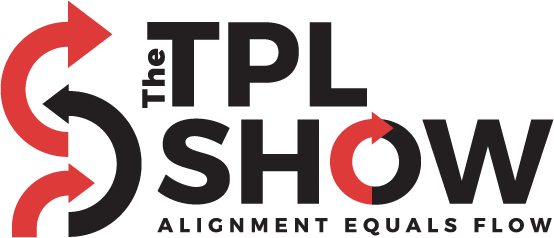Commitment Lock
What is Commitment Lock?
- Commitment Lock is a simple, ancient, and powerful tool for ensuring individual alignment with a decision, plan, or action. It is comprised of two proven methods combined – Oath-Taking, and Public Square.
- Commitment Lock is a call for action posed in the form of a question to each person present at the time a decision is made.
- Commitment Lock, in its modern form, was revived by restaurant owners who used it to confirm reservations and persuade people to call them if their plans changed.
- Having seen this simple idea work so effectively, Avanulo used it to ensure compliance with safety standards and then, over time, extended its use to decision-making sessions from the shop floor to the boardroom.
Why is Commitment Lock valuable?
- Rational reason – Commitment Lock is supported by well-accepted concepts in psychology. When people make an active “I will” or “I Shall” commitment in public, they are much more likely to honor that commitment than when the commitment is private or passive.
- Emotional reason – The regular use of Commitment Lock builds a culture of professionalism that minimizes lip service and exposes sycophants.
- Tangible reason – When a decision is clear, and everyone commits to it, the chance of success doubles or triples.
When is Commitment Lock used?
- Commitment Lock is used when it is important to be certain that everyone involved will do their utmost to make a decision work.
- Commitment Lock is used after the decision is made and after the path forward is made clear with a Commitment Question.
- Commitment Lock is never used as a selection tool, to decide upon an option for a path forward based on who will commit to it.
How do you use Commitment Lock?
1. Confirm that the decision has been made and that you are on the eastern (right) side of the Decision Line in the Theory of the Decision Line Model (See TPL Show, Episode 5).
2. Write a Commitment Question, which begins with “will you”.
a. Include in that Commitment a call to action to support a clearly defined decision, plan, or step.
b. Determine withier the commitment is a Goal Implementation or an Implementation Intention.
i. A Goal Implementation is a commitment to bring about a desired state such as achieving one million dollars in sales – “We will increase sales to one million dollars this year”.
ii. An Implementation Intention is a commitment to do something when a certain condition is present such as, “if the raw materials come in late, then we will work on Saturday to finish the order on time”.
c. Make sure that the Commitment Statement is written in the form of a Question that one can answer, “I will”, or “I will not”.
3. Review the Commitment Question with all involved and make sure they fully understand it. Allow for discussion and modify the Question, if needed.
4. Starting with the lowest-ranking people and ending with the highest-ranking people, ask each individual whether or not they will commit to the decision.
a. If someone will not commit (which is rare because the decision has already been made and this is a commitment check), discuss and attempt to gain their commitment. If this proves impossible, after a reasonable period of time, close the session in one of three ways, but be very clear.
i. Have someone in authority over all present, simply declare what the path forward shall be.
ii. Set a date and time and defer the discussion until that time.
iii. Remove those who will not commit from involvement in the decision and the path forward.
5. Once everyone involved has confirmed that they will or shall commit to the decision and the path forward. Declare that you have Commitment Lock.
6. Make a record of the Commitment.
7. Establish your first process check.
Key Tools
- Mark Milotik – Claxus Consulting – Bright Lines
- Peter Gollwitzer – Implementation Intentions



